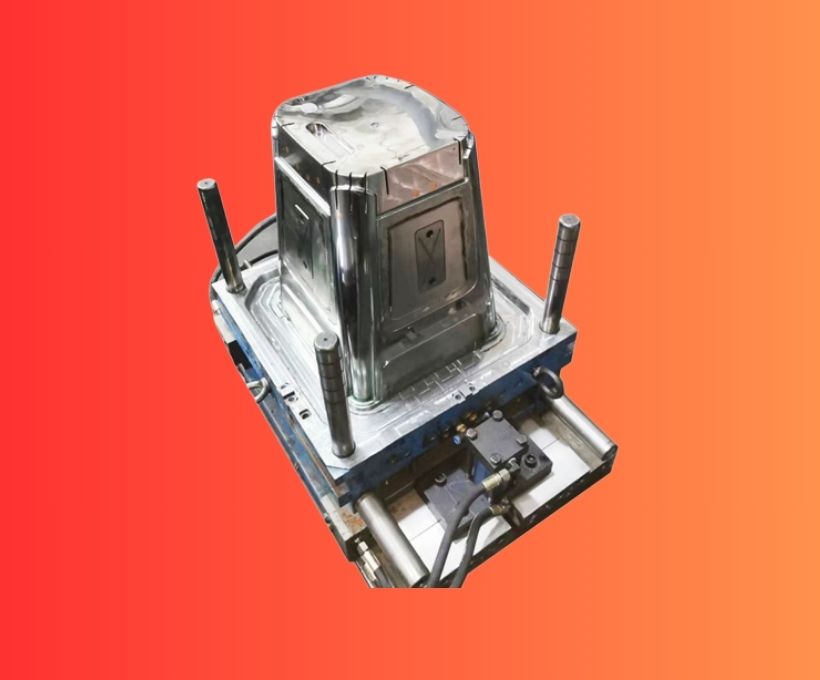Address
304 North Cardinal
St. Dorchester Center, MA 02124
Work Hours
Monday to Friday: 7AM - 7PM
Weekend: 10AM - 5PM
Address
304 North Cardinal
St. Dorchester Center, MA 02124
Work Hours
Monday to Friday: 7AM - 7PM
Weekend: 10AM - 5PM

Applications of Plastic Injection Moulding
Outline:
I. Introduction
II. What is Plastic Injection Moulding?
III. Advantages of Plastic Injection Moulding
IV. Applications of Plastic Injection Moulding
V. Conclusion
Details:
I. Introduction: Plastic injection moulding is a manufacturing process for producing parts by injecting molten material into a mould. It is used for a variety of applications, including medical devices, automotive components, home appliances and consumer products.
II. What is Plastic Injection Moulding? Plastic injection moulding is a process that involves injecting molten plastic material into a mould to produce parts. The mould is typically made of steel or aluminium, and the plastic material is heated to a liquid state before being injected into the mould. Once the plastic has cooled and solidified, the parts are removed from the mould and can then be used in various applications.
III. Advantages of Plastic Injection Moulding: Plastic injection moulding offers several advantages over other manufacturing processes, including cost-effectiveness, high-quality parts, and a fast production process. The process is also very versatile, allowing for the production of parts in a wide variety of shapes, sizes, and materials.
IV. Applications of Plastic Injection Moulding: Plastic injection moulding is used for a variety of applications, including medical devices, automotive components, home appliances, and consumer products. Medical devices, such as syringes, catheters, and stethoscopes, are often made using plastic injection moulding. Automotive components, such as dashboard parts, door handles, and bumpers, are also commonly produced using this process. Plastic injection moulding is also used to create home appliances, such as washing machine tubs, refrigerator shelving, and air conditioning units. Finally, plastic injection moulding is used to create a wide variety of consumer products, such as toys, sporting goods, and electronics.
V. Conclusion: Plastic injection moulding is a versatile manufacturing process that is used to create a wide variety of parts and products. The process offers several advantages, including cost-effectiveness, high-quality parts, and a fast production process. Plastic injection moulding is used for a variety of applications, including medical devices, automotive components, home appliances, and consumer products.
write more details.
I. Introduction: Plastic injection moulding is a manufacturing process for producing parts by injecting molten material into a mould. It is used for a variety of applications, including medical devices, automotive components, home appliances, and consumer products. Plastic injection moulding offers several advantages over other manufacturing processes, including cost-effectiveness, high-quality parts, and a fast production process. The process is also very versatile, allowing for the production of parts in a wide variety of shapes, sizes, and materials.
II. Advantages of Plastic Injection Moulding: Plastic injection moulding offers several advantages over other manufacturing processes, including cost-effectiveness, high-quality parts, and a fast production process. The process is also very versatile, allowing for the production of parts in a wide variety of shapes, sizes, and materials. The process is also highly efficient, with parts typically being produced in a matter of minutes. In addition, plastic injection moulding is a relatively inexpensive process, as the cost of the moulds is typically much lower than that of other manufacturing processes.
III. Applications of Plastic Injection Moulding: Plastic injection moulding is used for a variety of applications, including medical devices, automotive components, home appliances, and consumer products. Medical devices, such as syringes, catheters, and stethoscopes, are often made using plastic injection moulding. Automotive components, such as dashboard parts, door handles, and bumpers, are also commonly produced using this process. Plastic injection moulding is also used to create home appliances, such as washing machine tubs, refrigerator shelving, and air conditioning units. Finally, plastic injection moulding is used to create a wide variety of consumer products, such as toys, sporting goods, and electronics.
IV. Benefits of Plastic Injection Moulding: Plastic injection moulding offers a number of benefits over other manufacturing processes. As mentioned above, the process is cost-effective, efficient, and versatile. Additionally, the process is highly repeatable, meaning that parts can be easily reproduced with minimal variation. The process is also relatively safe, as the moulds are designed to contain the molten plastic and protect operators from potential harm. Finally, plastic injection moulding is a relatively clean process, with minimal waste material produced.
V. Conclusion: Plastic injection moulding is a versatile manufacturing process that is used to create a wide variety of parts and products. The process offers several advantages, including cost-effectiveness, high-quality parts, and a fast production process. Plastic injection moulding is used for a variety of applications, including medical devices, automotive components, home appliances, and consumer products.